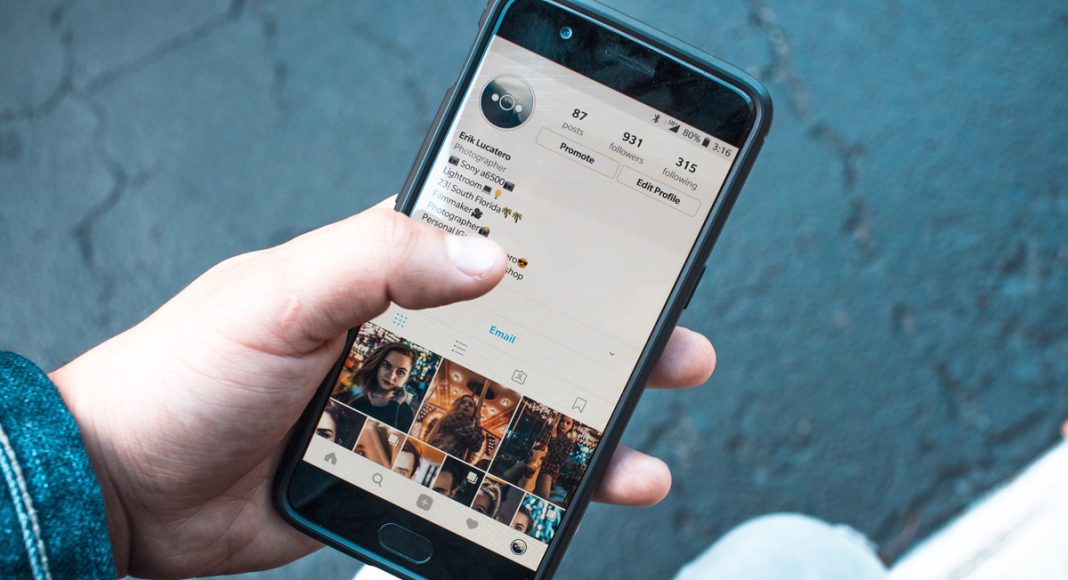There’s a silly (and slightly unethical) new trend picking up steam and social media is to blame. The trend of “wardrobing” involves people buying cute outfits, snapping a photo for Instagram, and then returning the clothes.
According to new a new poll commissioned by credit card company Barclaycard, one in 10 people feels enough pressure from fashion bloggers and their #OOTD (outfit of the day) to go out and buy a new set of clothing just for Instagram purposes. Heaven forbid, they’re snapped in the same outfit twice.
https://giphy.com/gifs/filmeditor-clueless-movie-26n623I0osi2Kbr3i
And these are not millennials. Those feeling the pressure, according to the study, are 35-44 year-olds. Nearly one in five (17 percent) report that they’ve bought clothes just to hashtag it.
Celebrity stylist Alex Longmore tells the Daily Mail she’s guilty of joining the craze. ‘I do snap and send back in order to showcase the latest high street and designer trends to my clients and my followers,” she says, adding:
I think it has become such a popular trend because celebrities and social media influencers are documenting so many different outfits on their Instagram accounts, showing a different look every time they go out or multiple looks in one day.
The OOTD hashtag currently has more than 200 million posts, and that number is climbing by the…day.
https://www.instagram.com/p/BmJoewvlWGw/
Fashion commentator Caryn Franklin tells The Guardian that the OOTD hashtag, among others, has encouraged “a combination of the heady alchemy of narcissism and dysfunctional consumption”.
George Allardice of Barclaycard says, “It’s interesting to see the social media trend further fueling the returns culture. We know from our research that returns are having a big impact on retailers.”
-
Related Story: 23 Easy Ways To Make Your Breakfast More Instagramable
What’s potentially even more interesting than that is that men are more likely than women to partake in “wardrobing” with 12 per cent admitting to it versus just seven per cent of women, according to the Daily Mail.
Allardice says the value of items being sent back was as high as nearly $9 billion a year to retailers.


